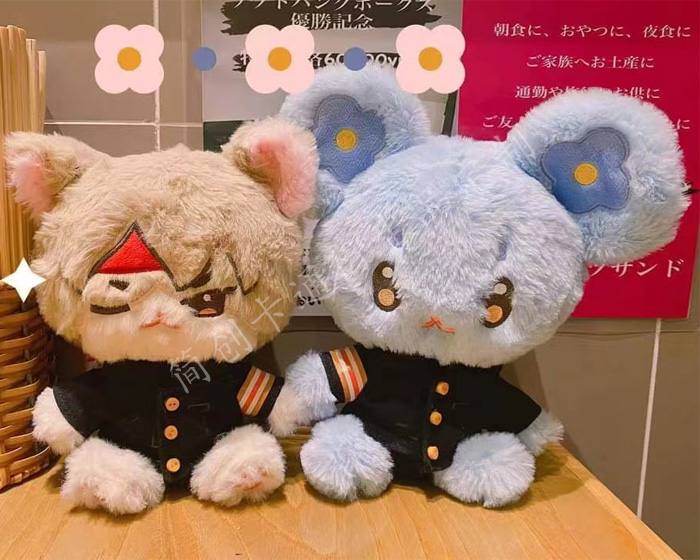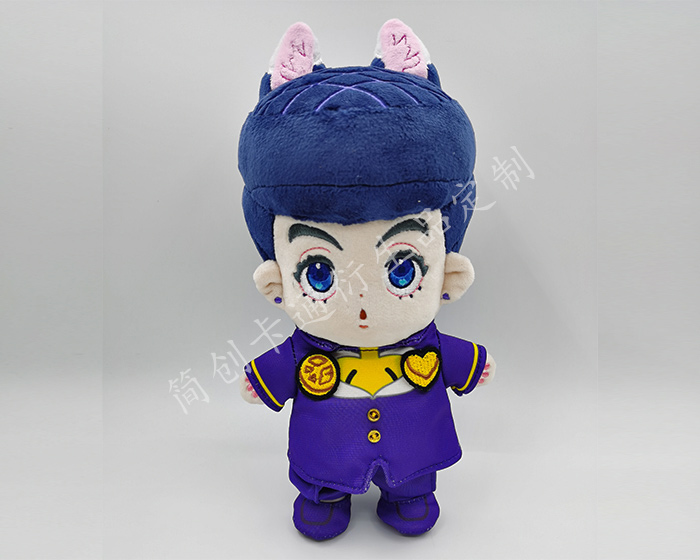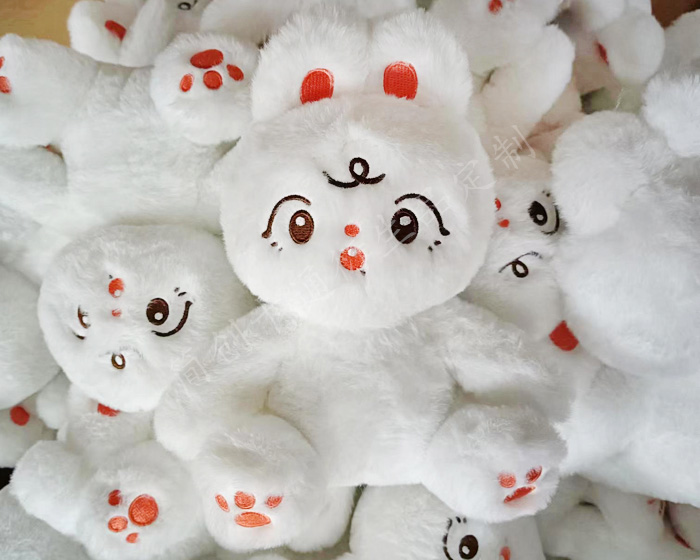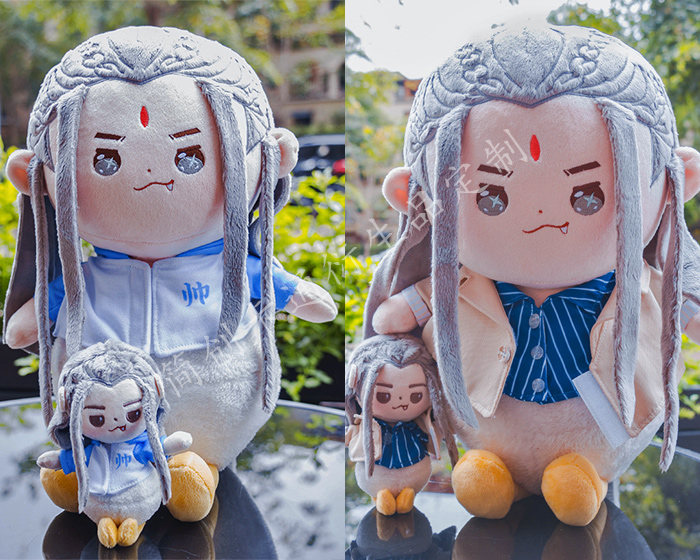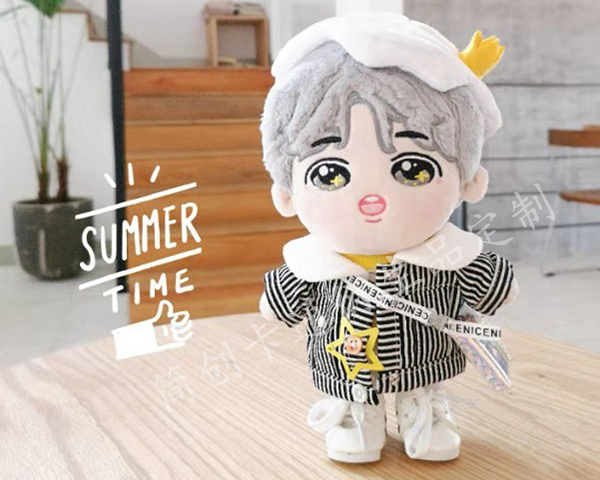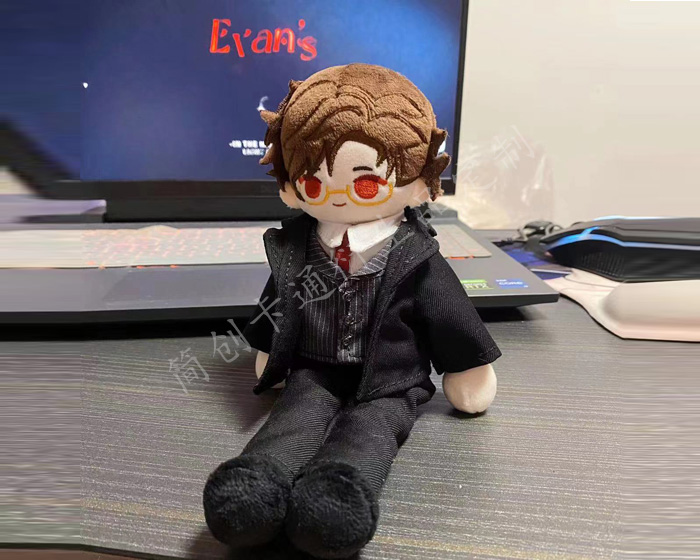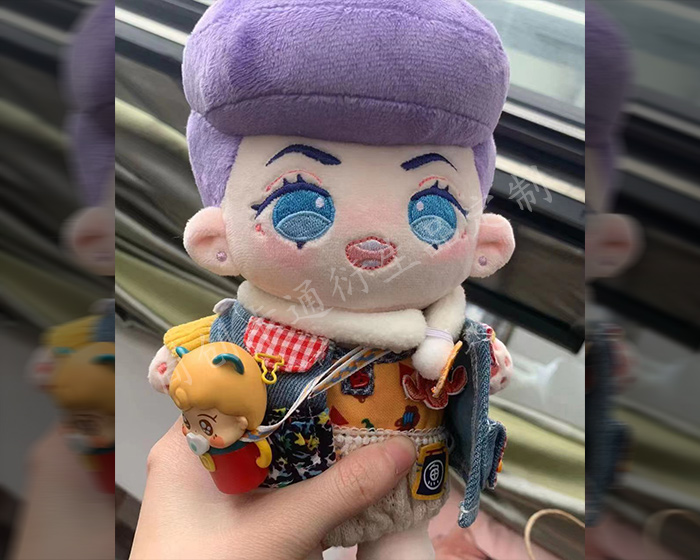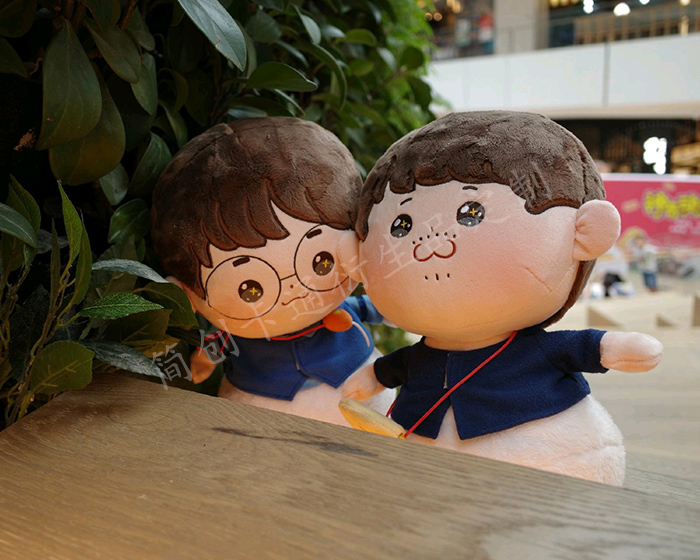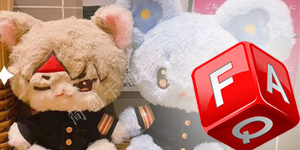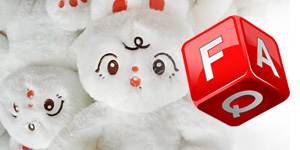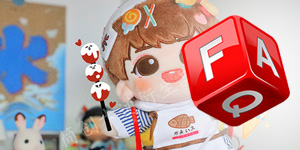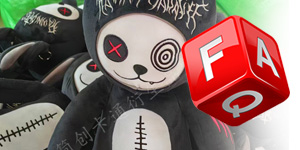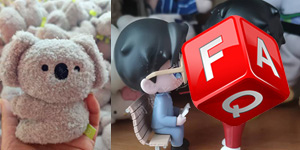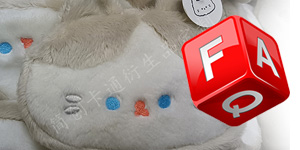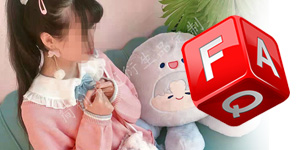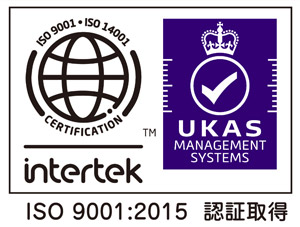stuffed animals are cherished companions for many, providing comfort and security. However, over time, they can accumulate dirt, dust, and even bacteria, necessitating regular cleaning. A common concern when washing these beloved toys is whether they might develop mold, especially if not properly cared for during the washing process.
Understanding Mold Growth
Mold thrives in warm, damp environments, making moisture a key factor in its development. When stuffed animals are washed, especially in hot or humid conditions, they can retain moisture in their fabric and stuffing. If this moisture isn't properly addressed, it can lead to mold growth. Mold can not only ruin the appearance of a stuffed toy but also pose health risks, particularly for young children who may be more susceptible to respiratory issues.
Washing Guidelines to Prevent Mold
To minimize the risk of mold, it's essential to follow proper washing guidelines:
-
Check Care Labels: Before washing, always check the care instructions on the label. Some stuffed animals may require hand washing or spot cleaning, while others can safely go in the washing machine.
-
Use Cold Water: If machine washing is allowed, opt for a gentle cycle with cold water. Hot water can weaken the fibers and increase the likelihood of moisture being trapped within the toy.
-
Use Mild Detergents: Choose a mild, non-toxic detergent to protect the toy’s material and keep it safe for children. Harsh chemicals can break down the fabric and potentially irritate sensitive skin.
-
Avoid Overloading: When washing multiple stuffed animals, avoid overcrowding the machine. Overloading can prevent proper rinsing and drying, leaving moisture trapped inside.
-
Dry Thoroughly: The drying process is critical in preventing mold. After washing, ensure that the stuffed animal is completely dry. If the care label permits, tumble dry on low heat. Alternatively, air dry it in a well-ventilated area, ideally outdoors, but away from direct sunlight, which can fade colors and degrade materials.
-
Check for Dampness: Before storing the toy, inspect it to ensure there are no damp spots. If it feels even slightly wet, give it more time to dry.
Storage Considerations
Proper storage is also vital in preventing mold. Stuffed animals should be kept in a dry, cool place. Avoid storing them in damp or humid areas, such as basements or near windows where moisture can accumulate. Using breathable storage bins can help maintain airflow and reduce humidity levels around the toys.
Signs of Mold
Be vigilant for signs of mold, such as a musty odor, discoloration, or visible mold spots. If you notice any of these, it may be necessary to discard the toy, especially if it cannot be thoroughly cleaned.
Conclusion
In conclusion, stuffed animals can get moldy if not properly washed and dried. By following proper washing techniques and ensuring thorough drying, you can keep your plush companions clean and mold-free. Regular maintenance not only preserves their appearance but also ensures a safe and healthy environment for children who cherish them. With the right care, your stuffed animals can remain delightful companions for years to come.
The following are some examples of plush toys that our factory customizes for customers. Check out if there is one that you like best.
-
Custom Animal Plush
-
Cute Plush Doll
-
Custom Stuffed Animals
-
Plush Toy
-
Plush Dolls
-
Custom Stuffed Dolls
-
Custom Plush Toy
-
Cotton Dolls
-
Weighted Plush Toys
-
Cute Stuffed Animals
-
Custom Pet Stuffed Animal
-
Warmies Stuffed Animals
-
Weighted Stuffed Animal
-
Soft Toys
-
Plush Stuffed Doll
-
Custom Stuffed Dolls
-
Plush Maker
-
Bear Stuffed Toy
-
Anime Plush
-
Custom Stuffed Animal
-
Anime Plush
-
Custom Plush Toy
-
Personalised Stuffed Animal
-
Plush Animal Toys
-
Custom Plush Makers
-
Custom Plushies
-
Toy Manufacturer
-
Rag Doll Making
-
Custom Toys
-
Dog Plush Toys
-
Custom Rag Doll
-
Stuffed Animals
-
Custom Plush
-
Custom Plush Dolls
-
20cm Cotton Doll
-
Jojo Plush
-
Custom Doll
-
Jojo Doll
-
Large Plush Toys
-
15cm Cotton Doll
-
Dumpling Plush
-
Cotton Doll







